Twitter Data and Building Operables
Can architecture and data be combined? How might we explore alternative ways of expressing data in a building?
(For Raw Twitter Data Set & Etc.)
If City, then [X,Y,Z]
A screenshot of how operables can change based on different ratios calculated using Rhino 3D and Grasshopper.
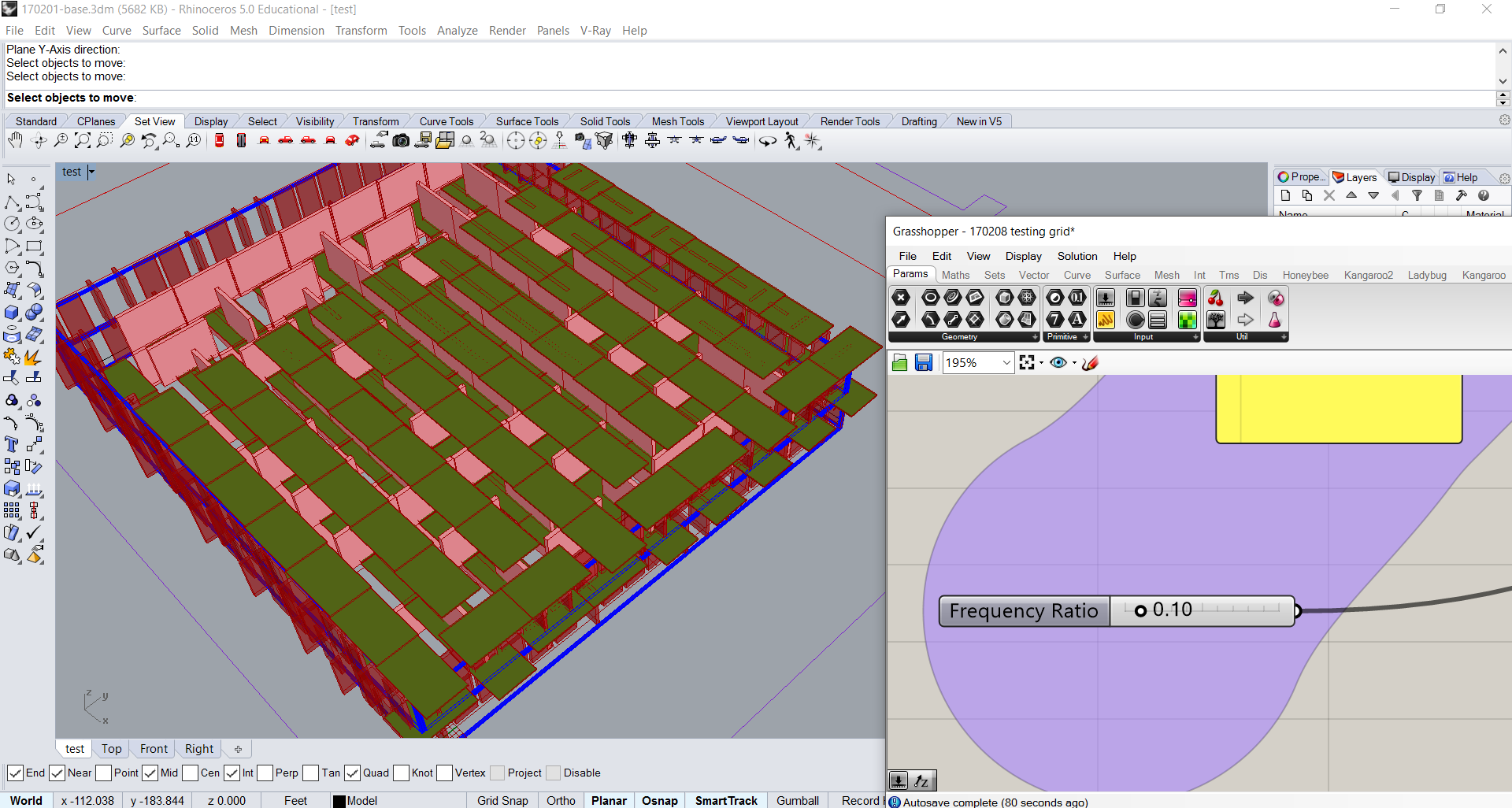
Background/ Introduction
Parametric design is usually defined by quantitative factors based off geometry or the environment. But can a building be responsive to qualitative factors instead? Is there a way for a building to let people know what city citizens are feeling?

After all, this is a “community” center.
Why is data like twitter so interesting? It has a geolocation.
In Data-Driven Design and Construction , Randy Deutsch mentions how lots of information is geo-located. From this information we can gather what type of food people eat, how many people use a certain service, etc. The usefulness of this data is that it is immediate in comparison to the census which comes out every ten years. Though of course, there is a gap in the users as certain types of people use social media versus the census which collects data from people of all walks of life not just those with a smart phone.
It’s important to note that it is important to know the limitations of data and that all of these models of data mining are built with their own biases. Data cannot be the sole driver of the design process in your project and there must be a middle ground. Therefore these tools must be adapted in a way for you to achieve what you want to achieve.
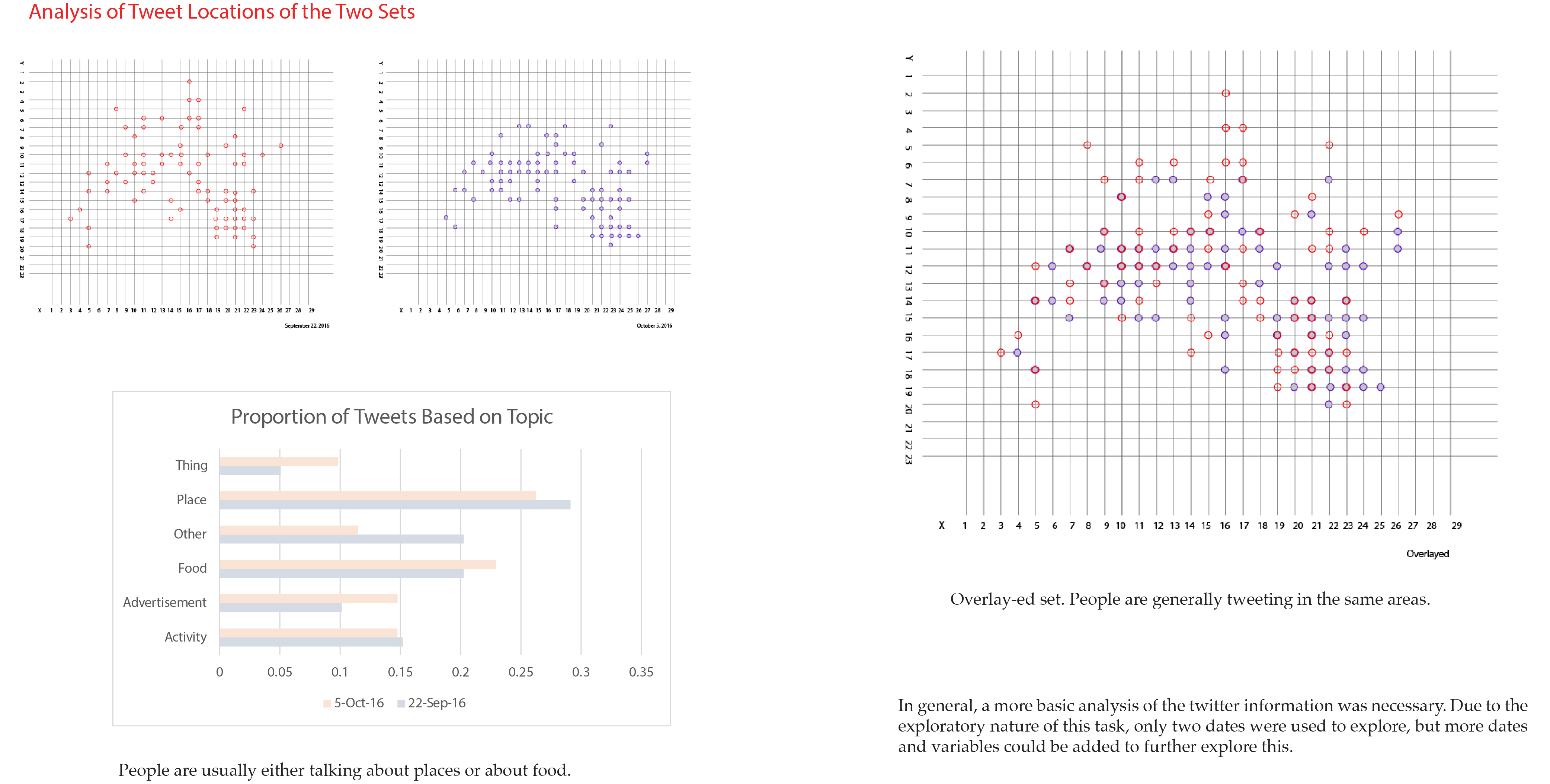
Project Goals & Objectives
After research about how social media is currently used in architecture (research is included in thesis booklet) and about the site, Anaheim (a city which is trying to create a food and art community while this thesis strove to be the anti-thesis of the project). This inspired these goals for the project:
- Building is to hold both user-generated information and “user-generated” intents.
- Establish a local network between the information collected and Community Center.
- Information is the informer.
- Social media as more than discourse.
- About the present instead of the past.
Process
Site Explorations
Early processes dived into a mix of looking at twitter data, data from the city, and also historical research about the city of Anaheim. This is to be expressed through diagramming, graphical representations, written analysis, and modeling.
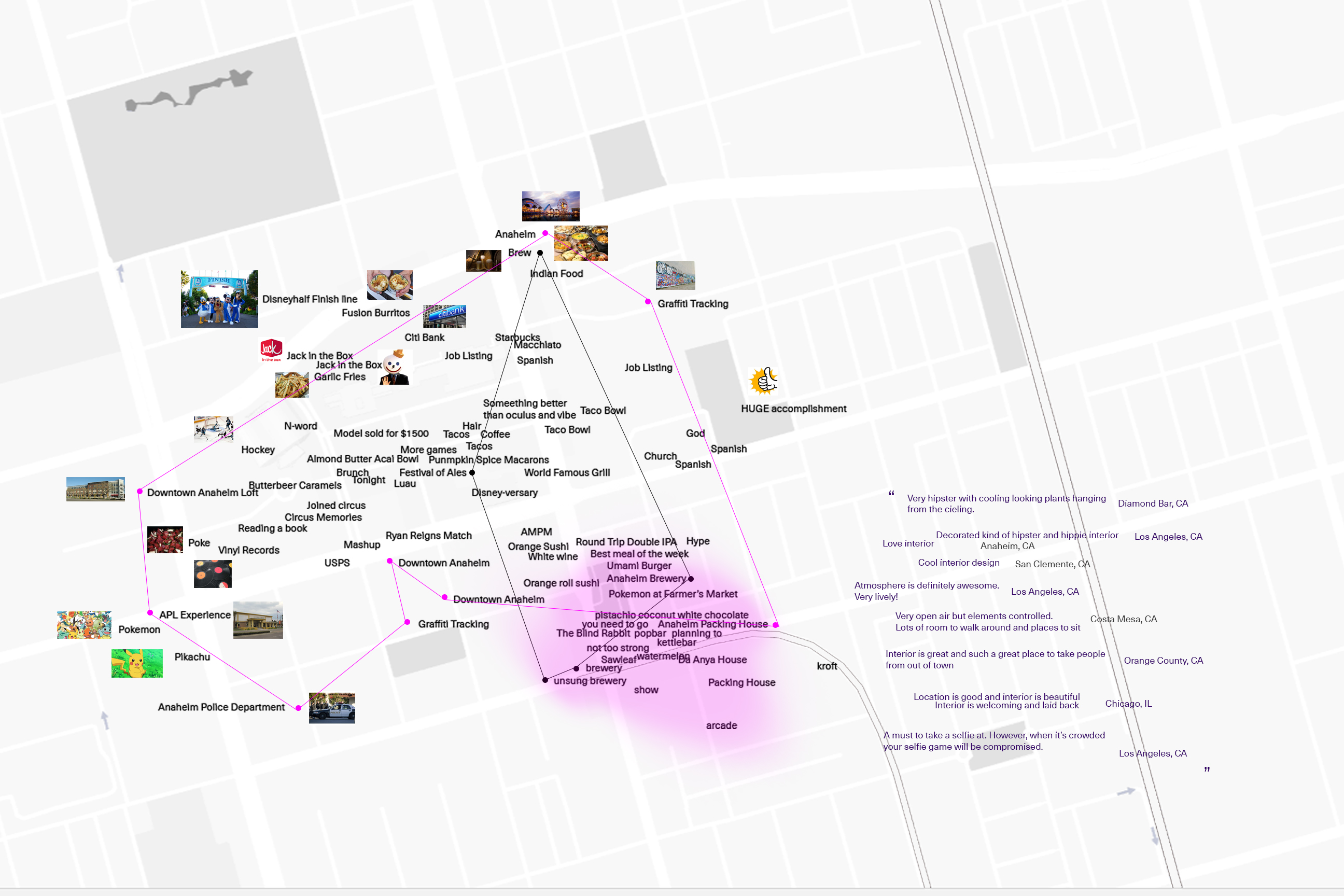
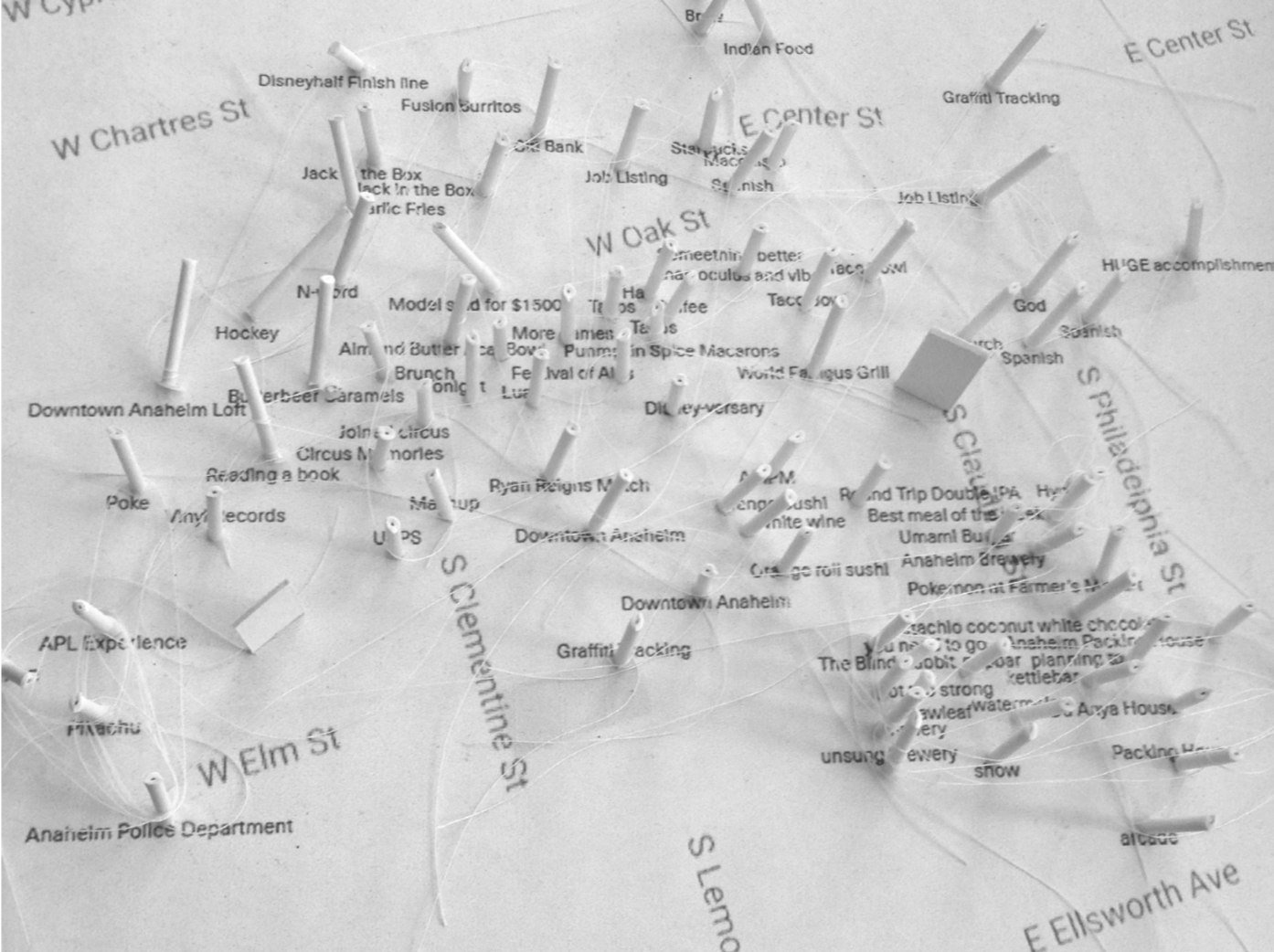
Using Twitter Data to Analyze the Site
The process of this thesis deviates from the normal architecture process as it places emphasis on the potential algorithm building. This project lays more along the lines of a responsive architecture more than a display of social media information (though this lies between both boundaries).
In addition, it is important to look at what information can be used. An exploration of text analysis methods and how the tweets were processed were put into consideration in the design.
Therefore, early steps take on a “computational basis” and such techniques must be explained as they deviate from typical architectural knowledge.
Example of How the Data Set was Separated in Positive/ Negative Tweets
In order to operate the building, twitter data had to be analyzed and separated into a number that could then be chugged into the building. This was done via python by filtering tweets for how positive or negative they were based on how many words were positive and negative.
| # | text | text_token | tokens_pos | pos_count | pos_count_prop |
|---|---|---|---|---|---|
| 0 | Not boring! Sounds pretty awes... | [@, beautyandbeets, not, boring, !, sounds, pr... | [pretty, awesome] | 2 | 0.153846 |
| 1 | Excited to see how these young men use these n... | [excited, to, see, how, these, young, men, use... | [excited] | 1 | 0.045455 |
| 2 | Wow. Just wow. | [wow, ., just, wow, ., ] | [wow, just, wow ] | 1 | 0.071429 |
Formula to Determine Number of Openings
Percent of Positive Tweets per Location x Operables in Location
In many ways, the ultimate goal of this project is to create a vessel for the tweets. Now that we have a number from the tweets we can now use that number as a parameter and input into the building.

Building Expressing Community's Sentiment
Openings = Percent of Positive Tweets per Location x Operables in Location
This was first done using Grasshopper and Rhinoceros 5.0. The grasshopper file was set up so that only the percentage would need to be changed. Openings were to be calculated randomly. From there we have three sample cases.
Case 1: 0% Positive Tweets

Case 2: 60% Positive Tweets - Full Body Randomized/ 60% Open Openings

Case 3: 100% Positive Tweets

Stage 1 Programming Suggestions
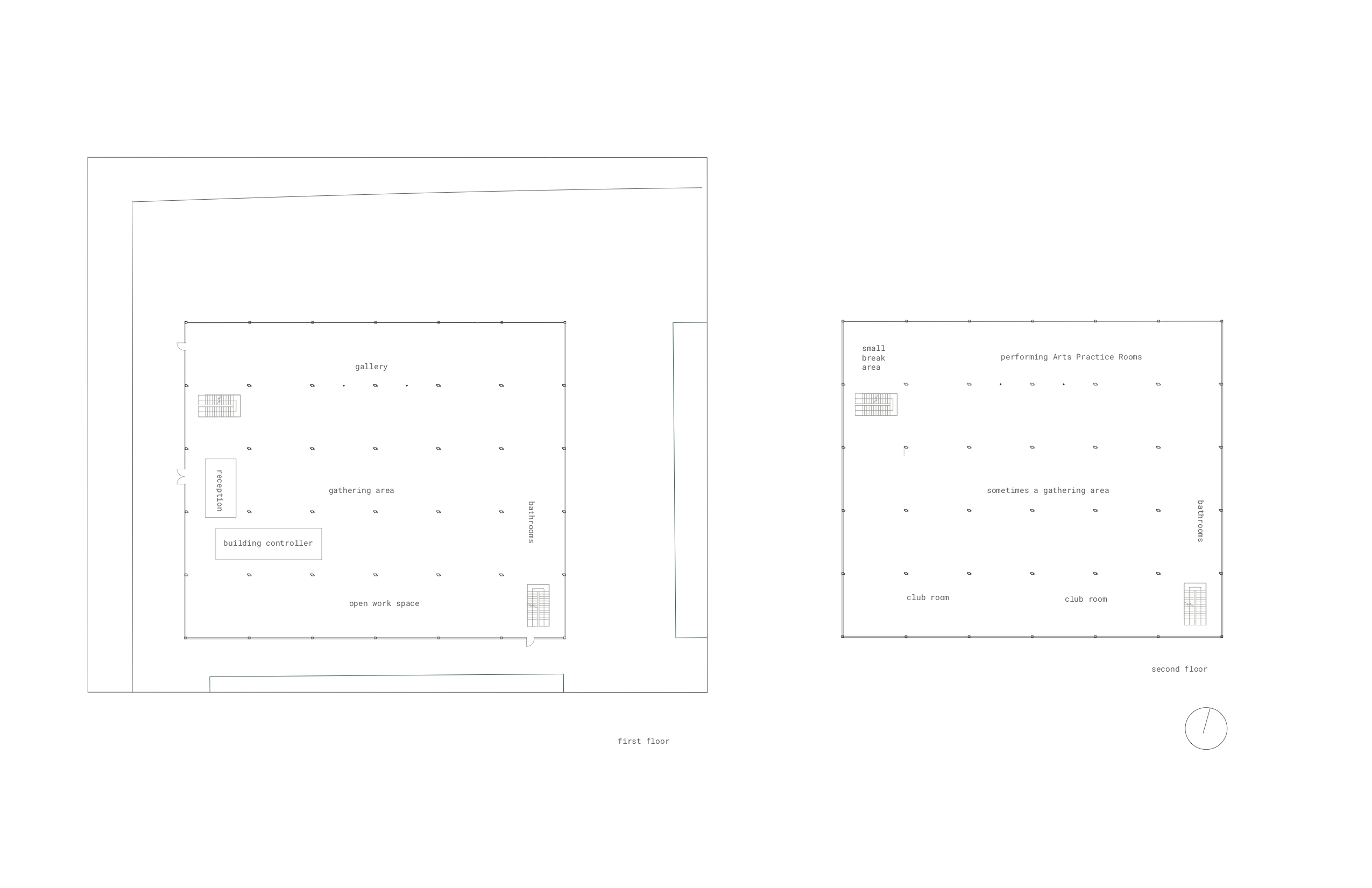
Stage 1 Schematic Plans and Sections
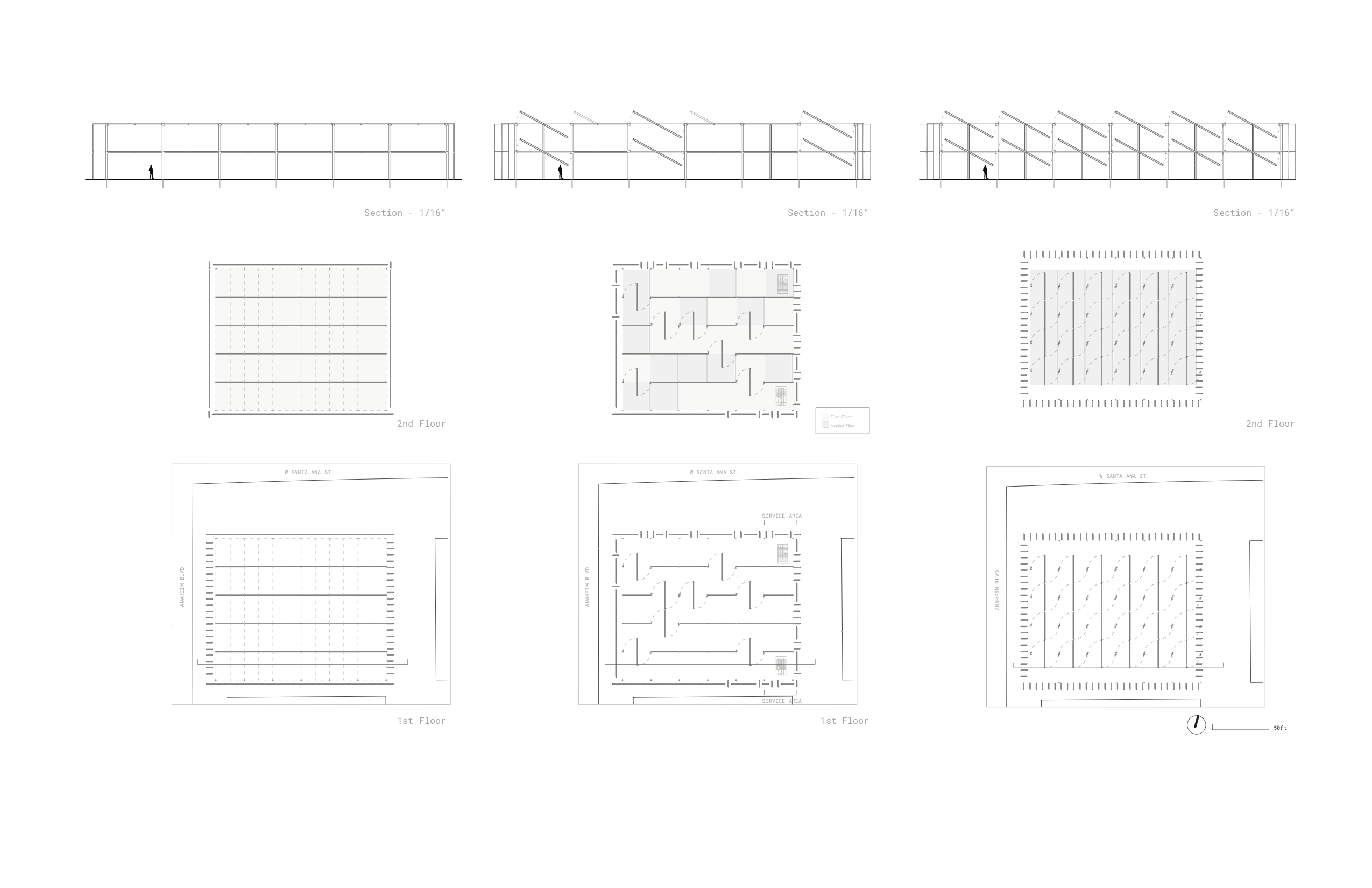
Proposition
The simple goal is to produce a building that responds to what people are saying about the area via social media (or a combination of social medias if our engineer is amazing) and interpret that information using some form of sentiment analysis that categorizes the information into positive/ negative data and converts this data into a percentage. We need to get our text into a form an algorithm can understand.
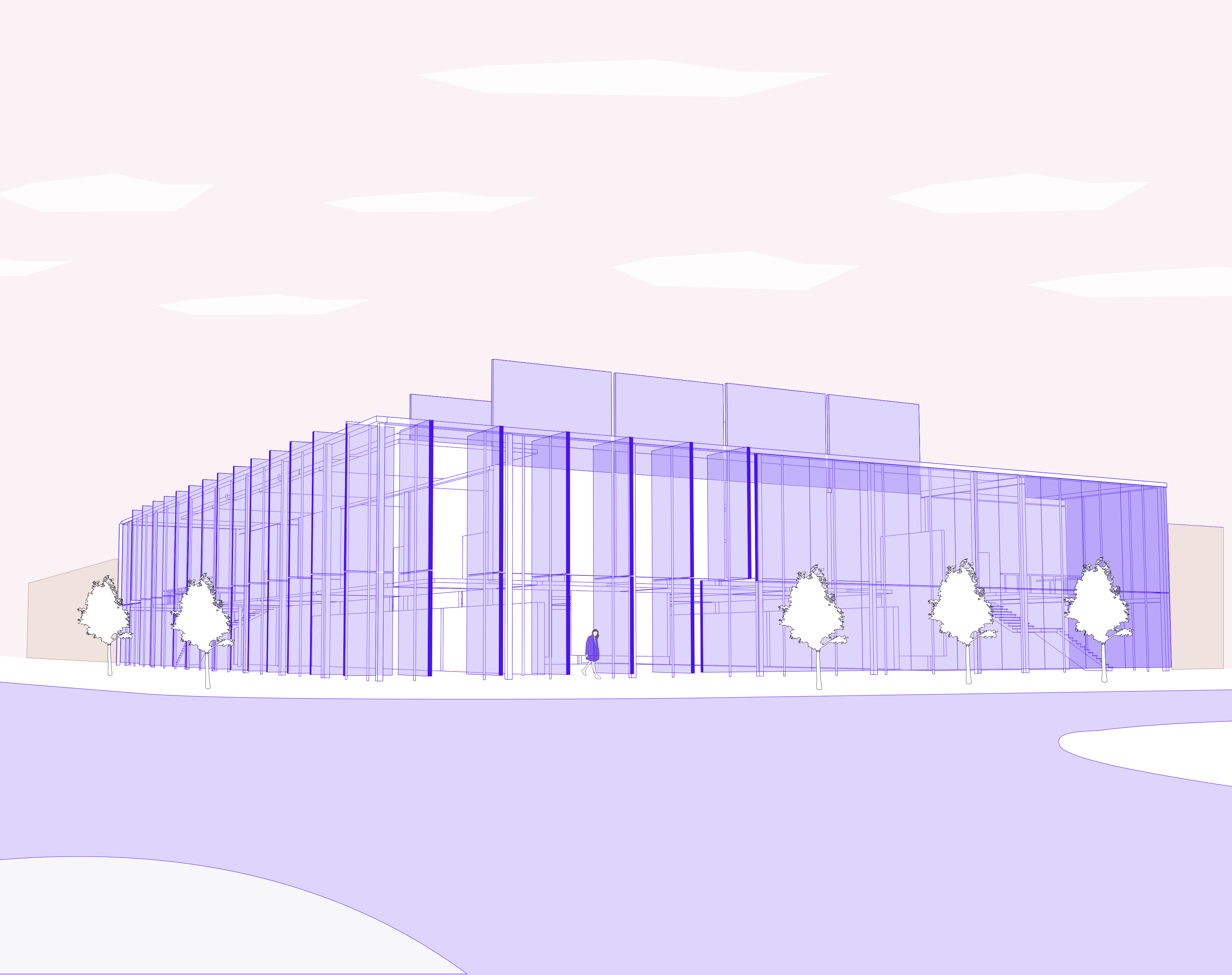
The facade panels, upper floor plates, and the roof are all positioned (as in open or closed) based off of the sentiment percentage and are held into that position until an update is initiated (decided by our almighty building controller).
A simple way to think of this is that each type of opening is a variable and the percentage is applied to each variable. Floor panels are removed from the middle so that any second-floor space has access to a staircase. Anyone who desires to use or go up the second floor must sign a safety waiver that says something along the lines of they will use the space responsibly and follow safety instructions (we don’t want to get sued). For users who feel the need for control, the middle partitions on the first floor (see section) can pushed and locked into a desire place.
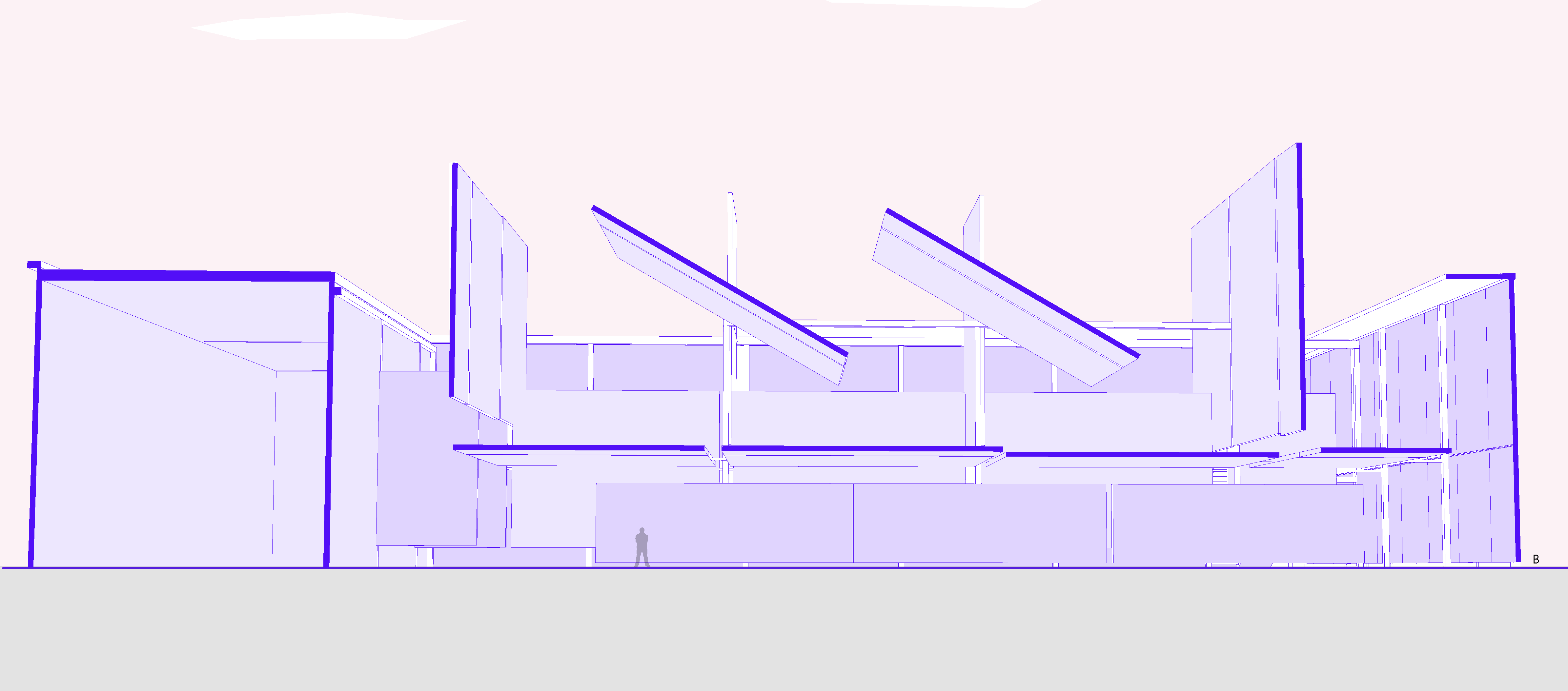
Conclusions
What does this building add to the community?
It creates a new network.
The local culture would be the ones building this architecture and the community is more involved in the make up of this building. This building could demonstrate some of the peculiarities of a network (like when they are feeling a certain way). Since we have simply developed the vessel for this data, any type of social media that has the three qualities I specified earlier could be input into this building. We could see the difference between the local twitter community versus the local reddit community. We could have different social media days. While inhabiting the building, you would always be somewhat aware of what the social media community is thinking and you can see the effects it has on your own experience.